A love of solid mechanics is something that Leica and vintage cars have in common. Hand-made quality that lasts for years and that transforms cameras and cars from basic commodities into collector items. Both things are found at the Classic Expo Salzburg – the lovingly maintained cars that bring the past into the present, and the cameras that captured so many special moments.
This year’s special exhibition, which runs October 17 – October 19, is dedicated to historic motor sports and racing legends. Leica Camera is sponsoring a photo retrospective of the most important moments in the life of the great racing car driver, Otto Mathé. We talked with curator Hermann Schwarz about vintage cars and cameras, and what unites the two.
Q: The Classic Expo Salzburg is celebrating its tenth birthday in 2014. What special events can visitors look forward to?
A: Vintage car dealers from all over Europe will be presenting their exhibits in our circa 18,000 square metre Premium Hall, Hall No. 10. The oldest auction house in Europe, the Dorotheum, is organizing exclusive auctions, and 7,000 square metres are dedicated to a market for old-timer accessories. In total, the fair covers 40,000 square metres, which is quite unique in Austria. We even have enough room to dedicate a complete hall to historic racing sports. Two halls are available for private people to buy and sell.
Q: The Classic Expo is Austria’s largest vintage car fair – how does a photography exhibition fit into the picture?
A: It seems to me that it fits in very well. In fact, in the exhibition we’re showing part of the history of car racing and pictures of historic automobiles – it offers visitors a way to access an era of motor sports that is now part of the past.
Q: At the event there will be an exhibition about car racing legend Otto Mathé. Where did the idea to do this come from?
A: Otto Mathé was still very active when I was young: next to Jochen Rindt and Niki Lauda, he was one of Austria’s great racing car drivers. I have good access to his estate, which also includes the legendary Porsche Typ 64, the Berlin-Rome car, of which there is only one original one left.
Q: Otto Mathé was 16 years old when he was in his first motorbike race, and after an accident his right arm was paralyzed. Two years later he founded a petrol station and developed his own motor oil. Starting 1948, Mathé was actively involved in the car racing scene and, despite his paralysis, became Austrian champion. What can we learn from Mathé’s story?
A: “Never give up.” Otto Mathé had a very strong willpower – after his motorbike accident he built a racing car with the wheel on the right hand side, so that he could change gears with his left hand. Because he couldn’t tie up his ski boots – he was an excellent skier – with one hand, he invented buckled ski boots.
Q: What does the exhibition focus on?
A: The exhibition presents Otto Mathé as a racing car driver, an entrepreneur and a private person.
We are not only displaying two of his racing cars, but also his petrol station, the oil mixing machine with which he produced his famous motor oils, and some of his trophies.
Q: Car racing then and now: what do you consider the big differences are? And what, by comparison, has hardly changed at all?
A: Back then racing car drivers were charismatic; it was a time before car racing sold its soul to commerce. Nowadays the lads are very slick.
Q: What connection do you see between photography and motor sports?
A: If a person has an eye for beautiful things, he or she likes to capture them in pictures – preferably with a Leica.
Thank you for your time, Hermann!
– Leica Internet Team
Learn more about Classic Expo Austria on their website, Facebook and Twitter.
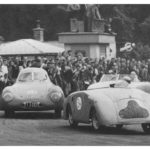
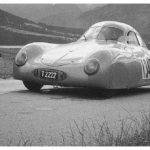
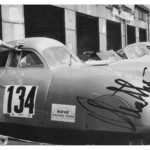
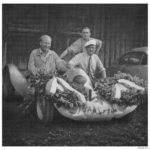
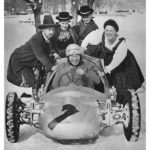
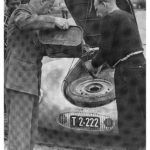
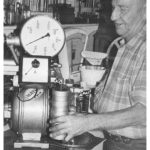
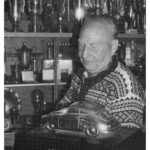
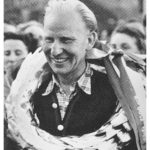
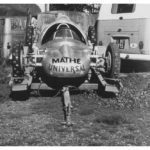
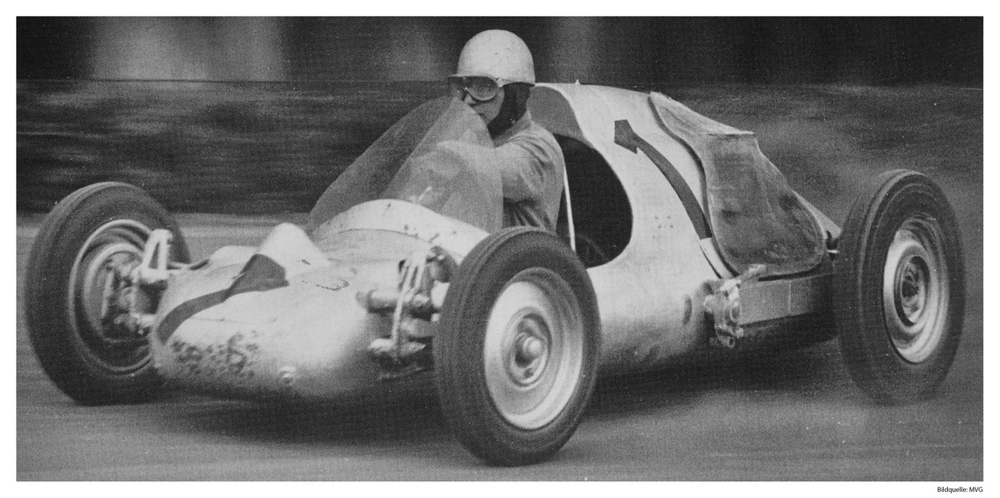

Comment (1)